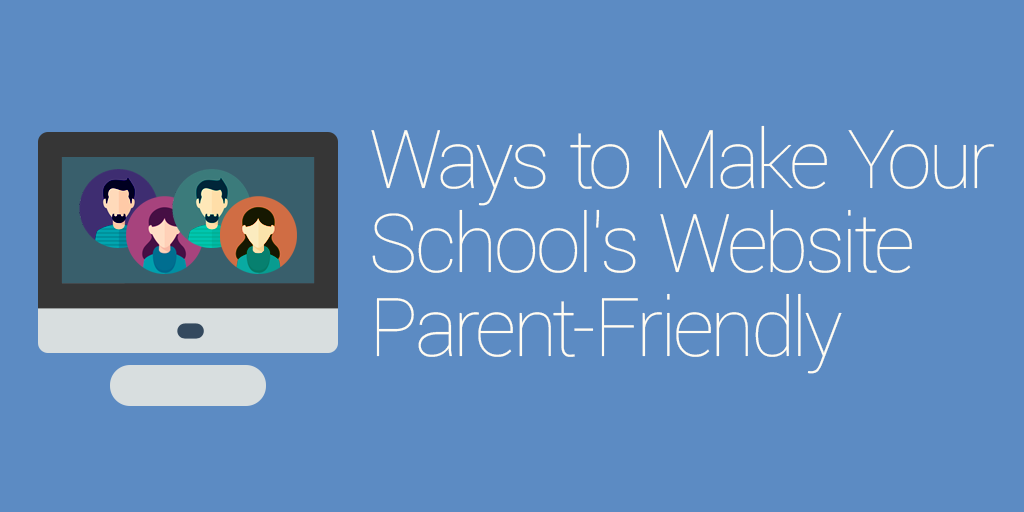
Isn’t it frustrating when you get stuck while trying to visit a website? The most annoying is when we click on a link and it keeps taking you far away from where you started, and it seems like the information needed is no longer at your reach. Very annoying!
Are these the same about your schools’ website?
The truth is, if you do not have a parent-friendly website, your team probably answer questions via text, call or mail even though the needed answers can be placed on the schools’ website.
This is time-wasting to everyone.
Your schools’ website usually should be the right destination where current and future parents can find relevant information ranging from admission to schools calendar, examinations, and so on.
The website does not have to be fancy; it just has to convey the right information effectively being a part of the marketing strategy.
If you want your website to be more helpful to parents, this article will direct you to the positive changes that should be made.
Here are some tips on how to create parent-friendly websites.
1. Mobile-friendly Optimization
One of the attributes of a good website is its ability to accommodate all kinds of devices like PC, laptops, tablets, and smartphones. This makes it possible for a parent to access the site anywhere and at any time.

2. Easy to Navigate
While trying to make your website look aesthetically nice, do not end up making it look rough and ineffective. The major reason why you have a website is it coveys relevant information. But the moment parents start finding it difficult to get what they want, they move to a simpler website. They don’t want to fumble around your website looking for a needle in a haystack—they want you to show them where to go the moment they land on your page.
You can make use of navigation links that will direct parents to the page they want, e.g Admissions, Academics, gallery, etc.
3. Clear Accurate Information
Most schools just make the mistake of building a website and ignoring it totally, no audit or update of relevant information. When parents overtime is unable to get the needed information, they’ll abandon the website. This prompts them to move to another website that has what they need. Always endeavor to check your website to see if the information there is up to date and correct.
Also, watch out for grammatical errors and typos, you don’t want your website to be the reason why parents will question the expertise of your school.
4. Detailed Contact Information
Your schools’ address, phone number, and email address might be right on your website, but does it lead parents directly to the right person they need to speak with?
- Embed Google Maps on your website so that visitors can easily locate your school.
- As for the phone numbers, list the contact for every depart of the school so parents can speak to the right person without being redirected which can be frustrating.
- Email addresses make it possible for parents to ask questions without having to make calls.
5. Admission and Enrollment Information
An increase in enrollment equates to more funding for your school. Rather than have parents drive down to your school just to make inquiries, you can place information about enrollment and admission right on the front page where they won’t be able to miss it.
6. A Calendar of Important Dates
Ensure that your schools’ calendar is placed somewhere on your website so parents won’t have to go on a hunt for it. Add events happening in your school a month before the event is scheduled so that parents can make plans and avoid not attending.
Now that you know what parents need, work on your website while keeping these tips in mind.
